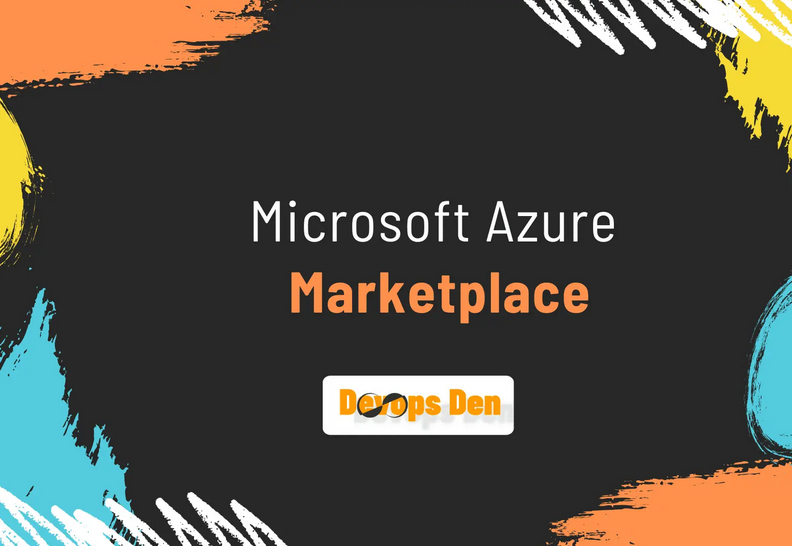Snowflake versus Phoenix systems
The terms Snowflake and Phoenix refer to two different approaches to managing infrastructure, each with its own security implications.
Security implications of unique Snowflake configurations
Snowflake systems are unique configurations that are often the result of manual setups and ad hoc changes. They are called Snowflakes because, like snowflakes, no two are exactly alike. This uniqueness can be a significant security liability. Snowflake systems are difficult to replicate, hard to manage, and often lack proper documentation, making security auditing and compliance verification challenging. They are also more prone to configuration drift, which can lead to security vulnerabilities.
Standardization of predictable Phoenix configurations
Phoenix systems, on the other hand, are designed to be ephemeral and immutable – they can be destroyed and recreated at any moment, with the assurance that they will be configured exactly as intended. This approach ensures a predictable security posture as the environments are defined as code, which includes security configurations. Any changes to the environment are made through code revisions, which can be reviewed and tested before being applied, reducing the risk of introducing security flaws.
IaC frameworks
IaC is a key practice in the realm of DevOps, which involves managing and provisioning infrastructure through machine-readable definition files, rather than physical hardware configuration or interactive configuration tools. IaC is a cornerstone of the programmatic management approach, turning manual, script-based, or ad hoc processes into automated, repeatable, and consistent operations.
AWS supports a variety of IaC frameworks, each with its own set of features and advantages, to meet the diverse requirements of developers and cloud administrators. Here is a breakdown of the most common frameworks used in AWS environments:
- CloudFormation: An AWS-native service that simplifies creating and managing AWS resources within stacks representing IaC templates. Critical components such as security groups, resource settings, and IAM roles are encapsulated within these stacks, allowing them to be templated and version-controlled. This ensures that each stack deployment is in strict alignment with the organization’s security policies.
- SAM: An open source framework specifically for building serverless applications on AWS. It extends CloudFormation by providing a simplified way of defining serverless resources, such as AWS Lambda functions and Amazon API Gateway’s APIs. It streamlines their deployment and management, incorporating best practices and enabling easy debugging and testing.
- CDK: Provided by AWS, this service lets developers define and provision cloud infrastructure using familiar programming languages such as TypeScript, Python, and Java through CloudFormation. It integrates security practices directly into the development life cycle.
- Terraform: An open source IaC tool by HashiCorp that’s compatible with multiple cloud providers, including AWS. It provisions AWS resources either by generating CloudFormation stacks or interacting directly with the AWS API, supporting a consistent CLI workflow for multi-cloud strategies and security configurations.
The use of IaC for managing AWS resources is a significant step forward in securing cloud environments. By codifying infrastructure, AWS users can ensure that security is not an afterthought but an integral part of the deployment process. IaC frameworks such as CloudFormation, SAM, CDK, and Terraform enable the creation of standardized, repeatable, and secure deployment processes. These tools help in avoiding the pitfalls of Snowflake systems and embrace the predictability of Phoenix systems, where security configurations are consistent, and environments are ephemeral and immutable.
